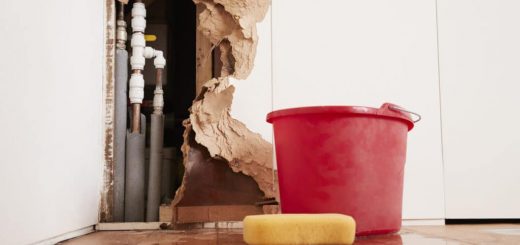Natural Stone FAQ – Types of Stone Finishes
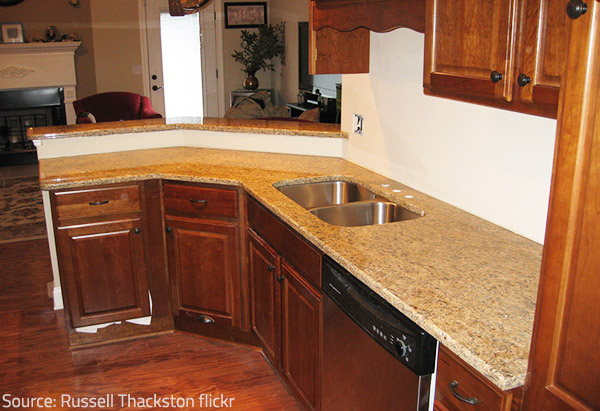
Your countertop finish should reflect your designer visions and your needs.
When thinking of natural stone home décor, it is probably the image of polished marble that first appears in your mind. Considering the splendor and magnificence of marble combined with the beautiful shine that the polished finish creates, there remains no doubt as to why your imagination pictures it as the ultimate solutionA solution is a homogeneous mixture of two or more substance... More for refined home design.
Despite this prevailing notion, there are many other types of natural stone finishes that may turn out to be more appropriate for your taste and your needs and will still add charm and elegance to your surroundings. Depending on the kind of stone you have selected for your home, you can choose a specific finish that will best reveal its natural beauty, be easy to maintain, and create the impression you’ve been looking for.
Polished Finish
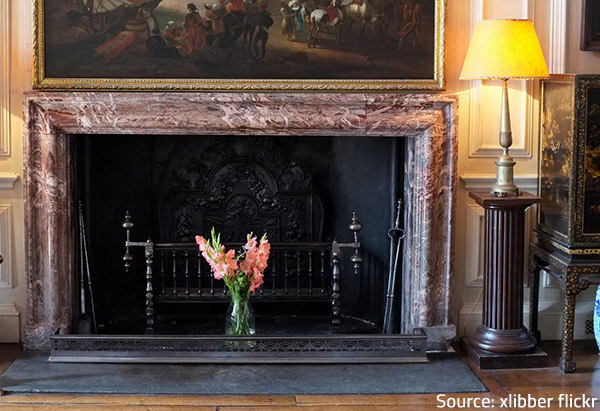
A polished marble mantelpiece adds grandeur to your home decor.
The mirror-like shine and smoothness of polished stone creates a unique look and feel in your home. The polished finish results in a glossy surface that reflects the natural beauty of the material. It is achieved by using progressively finer polishing heads while grinding, sanding, and buffing the stone at source to bring out its rich colors and character. The surface becomes highly reflective – it catches the light in a fascinating manner and emphasizes the colors resulting in visual depth and stunning beauty. This renders polished natural stone ideal for small areas where reflected light creates the illusion of space, as well as for any place where elegance and high style are required. Polished stone countertop finishes are very chic for your home and the lustrous effect looks great on walls and staircases but as far as stone flooring is concerned, this type of finish is not recommended because polished stones are very slippery before natural patina has built up on them.
The polished finish is the least porousPorous describes a material that contains small openings or ... More of all available finishes which makes stain and dirt removal relatively easy. However, the surface is prone to scratches and should be cleaned with mild detergents and great caution because it can be easily etched by abrasive or stronger cleaners.
This is the most common type of finish for marble and granite. It has recently become popular for travertine too, but is not commonly used on limestone. Polished finishes are widely used for interior and exterior wall cladding, paving, lavatory tops, table tops, and of course – countertops. Actually, the most widely preferred granite countertop finishes, as well as marble finishes, are either polished or honed.
Honed Finish
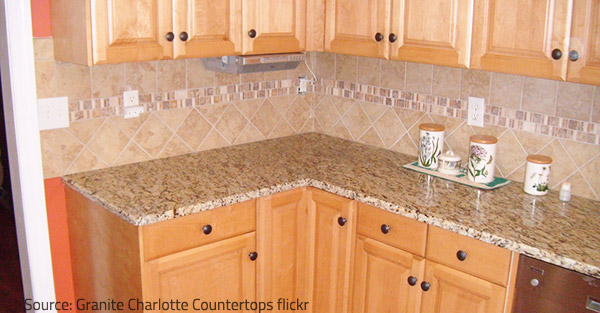
Honed granite countertops are a popular choice among many households.
The honed surface is also very smooth but it looks much softer and lacks the intense shine and the reflection of polished finishes. Honing results in a satin-like, matte finish which is accomplished by the same method as the polished one but the process ends prior to the buffing stage. The most natural looking stones have a honed finish – it reveals the natural colors and variations of the materials in a very subtle way and creates a charming impression.
Honed surfaces show fewer scratches and require little maintenanceMaintenance is the routine care, inspection, and repair of a... More which makes them perfect for highly exploited areas. However, honing opens the pores of the stone, making it more susceptible to stains as compared to the polished finish.
This is the most popular finish for travertine and limestone, but is also often applied to marble and granite too – both polishing and honing work great for them and the choice between the two types of stone finishes is usually based on aesthetic reasons and personal preferences only. However, honed surfaces are less slippery which makes them more appropriate for flooring and outdoor applications.
Brushed Finish
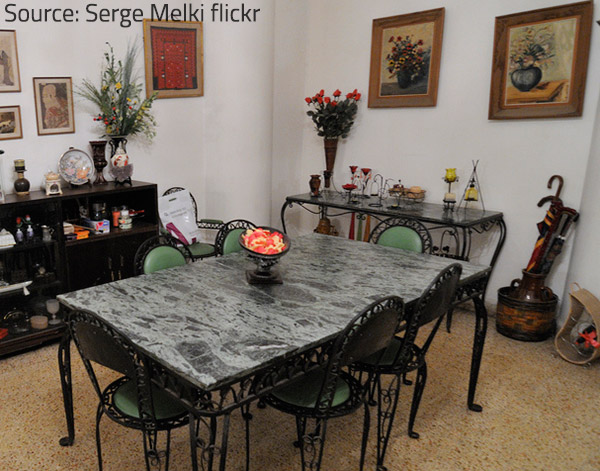
Antiqued finish is well-known for its charming look and unique feel.
Also known as antiqued finish, it creates an illusion of natural wear and results in gently embossed, medieval look of the stone (sometimes the edges are even hammered to enhance the antique impression). This type of finish is achieved by abrasive brushing that simulates an aged, more structured look of the stone. However, it is still very smooth and stunningly beautiful which makes it the chosen finish for various applications. It can be applied to all natural stones, though the effect is achieved through slightly different techniques determined by the characteristics of each type of stone.
Leathered Finish
Leathered finish is said to have a honed look and brushed feel due to the smooth but textured surface it creates. It works best for darker stones which are not completely uniform in structureStructure refers to the framework or components of a buildin... More – their rich natural colors are well preserved, while the stone receives a suede look and feel. The surface has a nice soft shine but is not reflective.
Leathered finish results in a slip-resistant surface and closes the pores of the stone, making it easier to maintain.
The types of countertop finishes described above are all commonly used and highly recommended – each of them has its own distinctive beauty and unique feel. You can pick the one that best corresponds to your lifestyle and your designer visions. Additional treatment and sealing is often available to provide protective covering and/or to enhance the colors if you desire so.
All other finishing methods have their practical advantages and aesthetic values but are more suitable for outdoor applications and decorative purposes – due to their characteristics, they are difficult to maintain and could be easily damaged if used as countertop finishes.
Flamed Finish
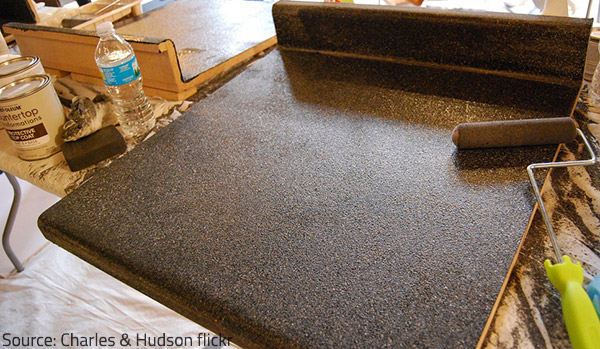
Almost ready to impress you.
It is achieved through intense heating followed by rapid cooling which results in a rough texture and relief, non-slippery surface. Most of the stone’s carbon content is burned through this method, creating textured quartzites with gentle coloration, so the material must be tough enough to withstand the treatment and the piece must be thick enough not to crack or break under heat and pressure. Flaming is primarily used for granites, although some types of marble and limestone allow it, too.
The stone looks rustic and becomes very appropriate for outdoor projects, entrances, hallways, etc.
Bush Hammered Finish
The surface of the stone is hammered to create a grooved, non-slippery surface. The colors fade and create a soft, delicate look when the stones are treated this way. The resulting aesthetic effect is very appropriate for walls and floors due to the little contrast and the uniform surface it creates. Bush hammered finish is mainly used for stairs, pavements, and different outdoors applications, and can be applied to all kinds of stone.
Tumbled Finish
A stone with a tumbled finish looks weathered and scuffed. The surface, however, becomes smooth and appealing with a soft and gentle look. This is achieved by tumbling the stones in a solutionA solution is a homogeneous mixture of two or more substance... More of water, sand, small pebbles, and mild acids to soften and wear the surface. This type of finish is mainly used for decorative purposes on marble, travertine, or limestone.
Sandblasted Finish
A high pressure blast of sand is applied to the stone surface to achieve a matte gloss and add texture. The stone looks weathered and its natural beauty is fully revealed.
Cleft Face Finish
Cleft face finishing, or split face finishing, imitates breaking the stone and results in a rough and natural look that has become very popular for decorative purposes.
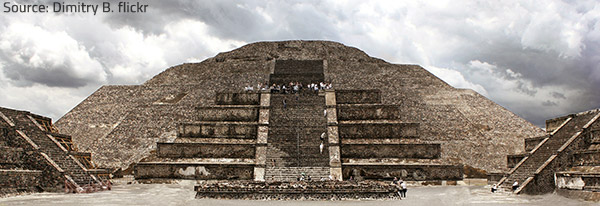
What type of finish did the ancients use to achieve such a stunning result?
River Washing
This method is usually applied after flaming the stones to smooth out their surfaces while retaining the coloration and the grain structureStructure refers to the framework or components of a buildin... More of the material, especially for granite.
Other types of natural stone finishes, such as Rake, Scarpaletto, Sandshot, Rustico, Tuscan, etc., may be more appropriate for a specific project or certain artistic ideas, so you are encouraged to research your options carefully before making a final decision for your home décor.











